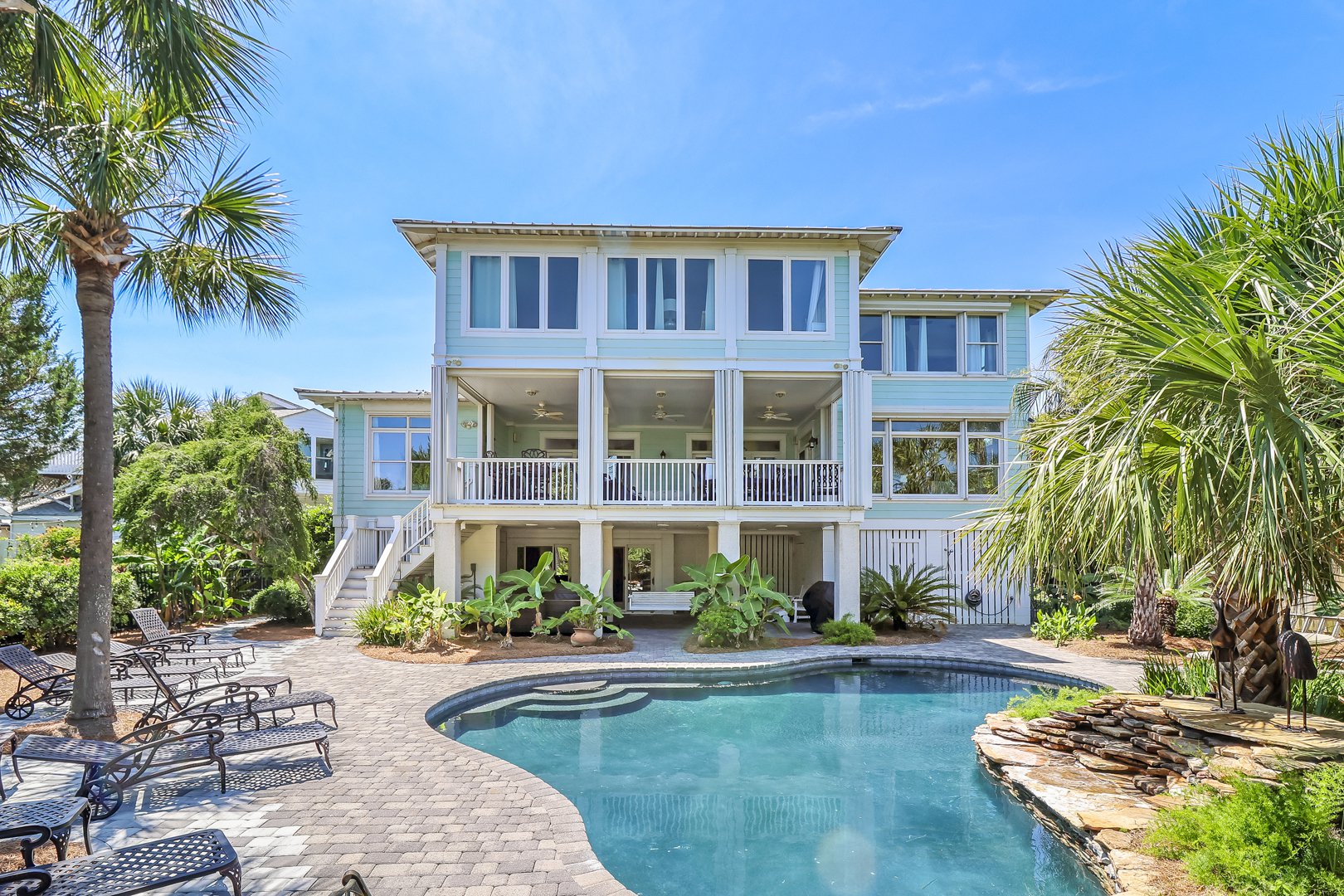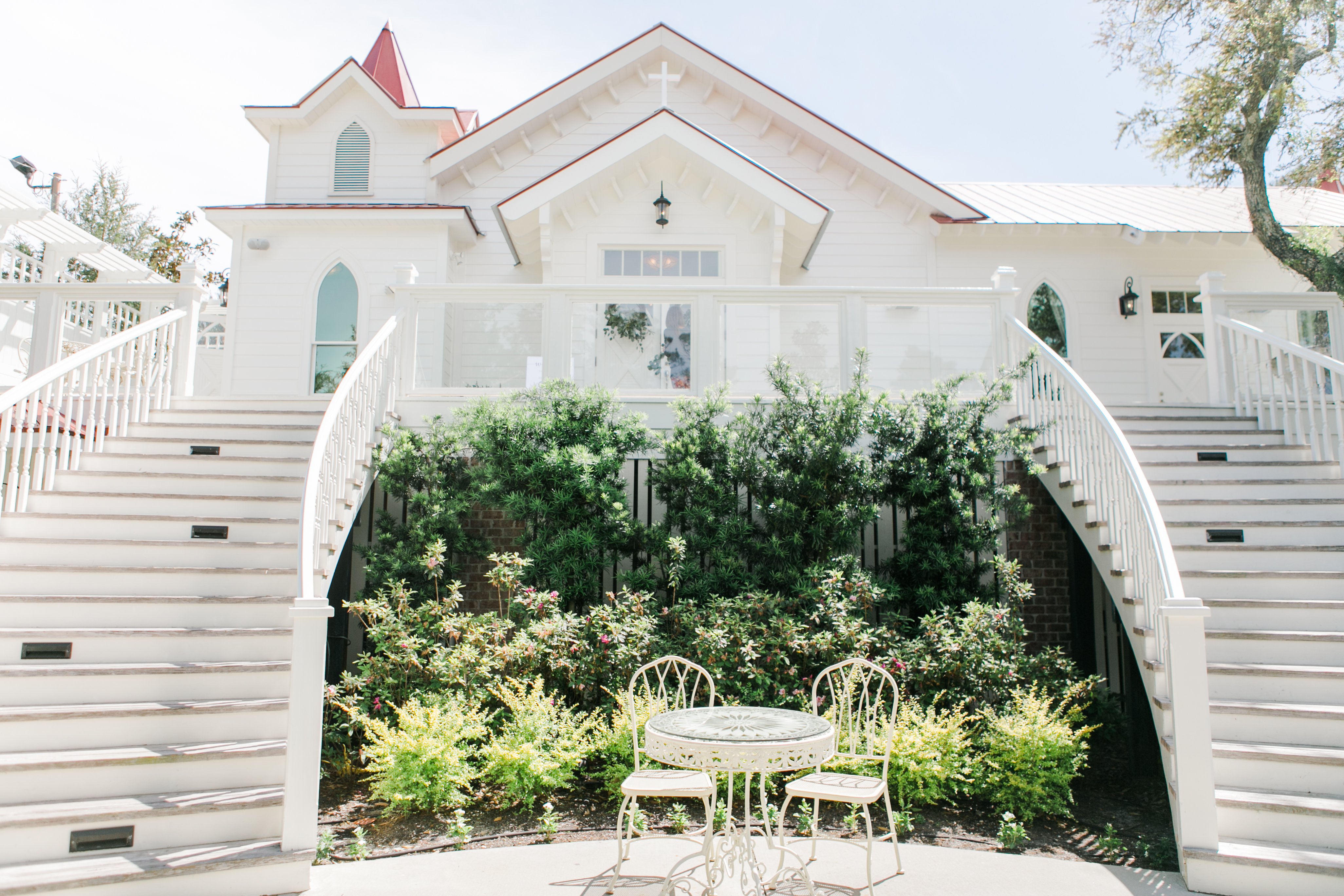Savannah Historic District
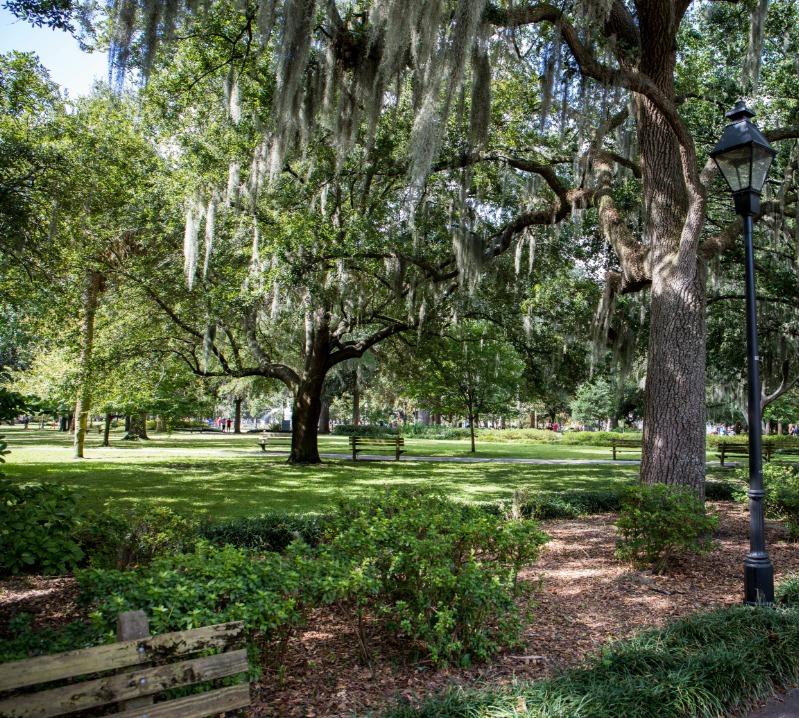
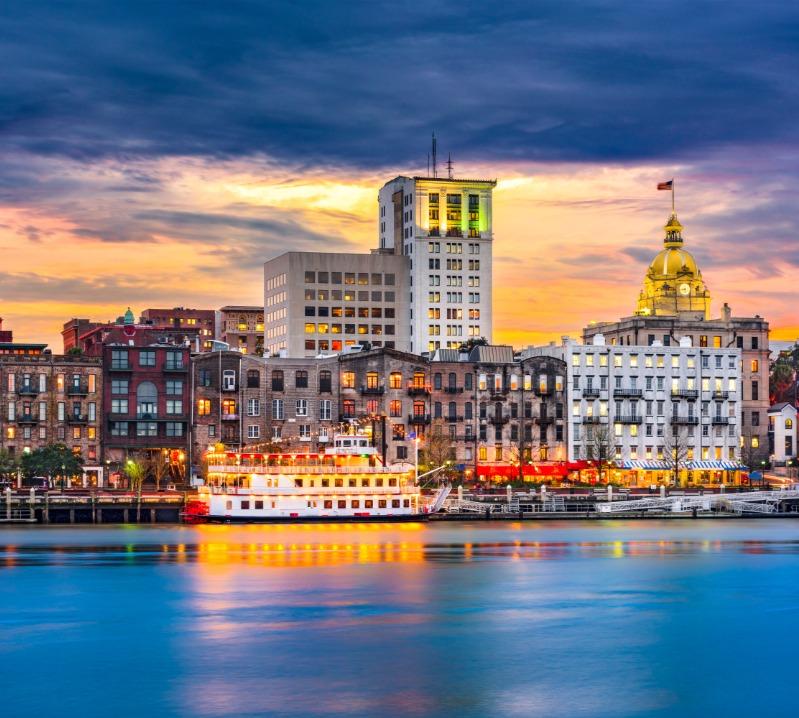
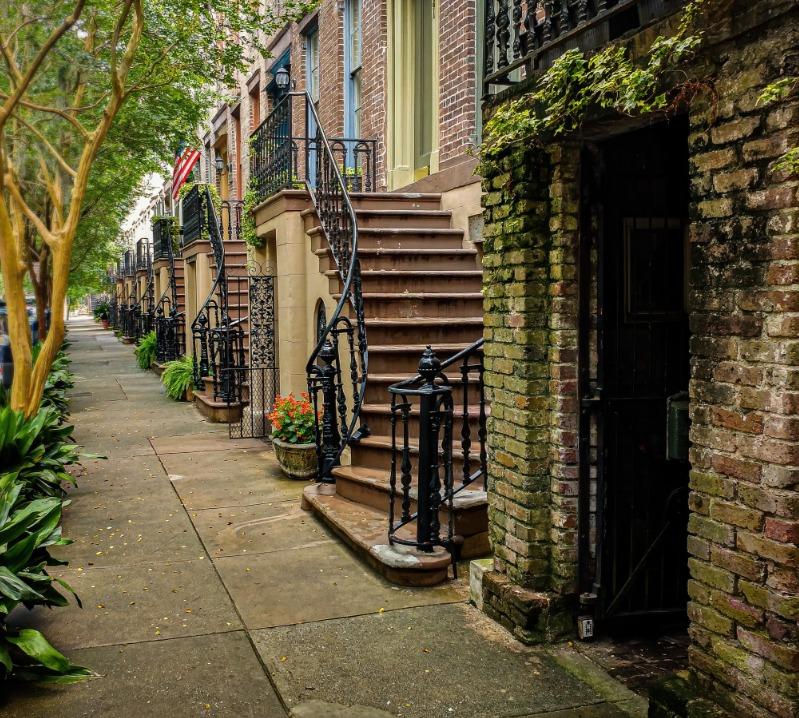
Savannah, Georgia's recorded history began in 1733. The city came to be because there was a need to strengthen the colonies by increasing trade and also acting as a buffer zone for South Carolina as well as protecting the advancement of the Spanish coming up from Florida. Known as Americ's first planned city, General James Oglethorpe designed the city in a series of grids that made wide open streets mixed with public squares, parks, and centers for business. Savannah had 24 original squares, of which 22 survive today.
Andrew Low House
Beautiful on the outside and stunning on the inside, this 19th-century home is located in the center of Savannah's National Historic District. The Andrew Low House Museum is a nationally known 1840s historic home along with a garden. Walk through the home and read & hear the stories of the Low family along with the enslaved men & women who lived and worked at the site.
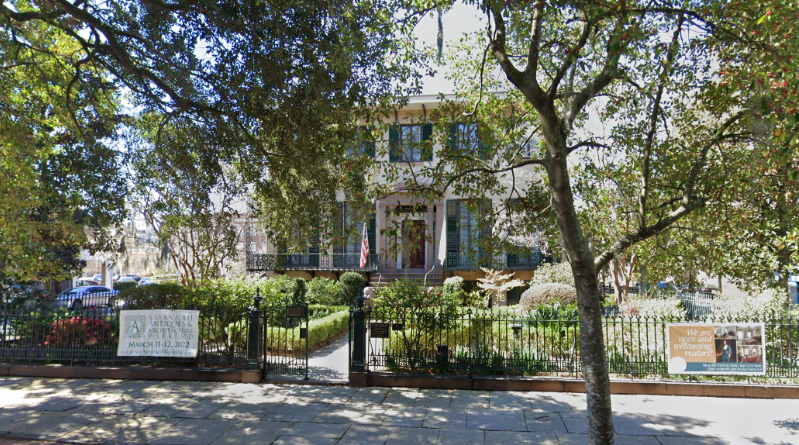
American Prohibition Museum
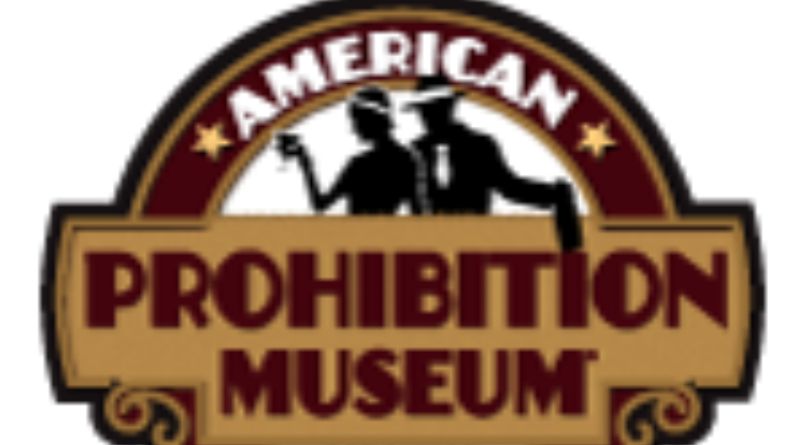
The only museum in the United States that is dedicated to the history of Prohibition. Travel back in time to the early 1900s through immersive displays a state of the art dioramas. Learn the stories & history of America's struggle with liquor.
Davenport House Museum
This Federal-style home was built in 1820 and provides a window into the domestic legendary Savannah-centric tale of courage, determination, and the story of those living in the house, both enslaved and free, during the early parts of the 19th century.
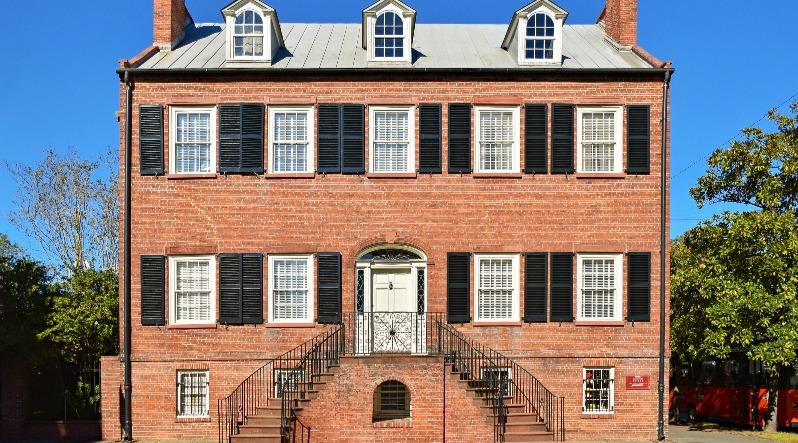
Massie Heritage Center

It opened its doors as Savannah's first free public school with six staff and about 240 students in October 1856. The Massie school operated for 118 years before it ended its role as a public school. In 1977 under former superintendent Saxon Pope Bargeron, there was a push to re-purpose the building, and so the Massie Heritage Center was born. To this day, it provides interpretive programs both inside the facility with educational exhibits and outside on the streets and squares of Savannah's downtown historic district.
Chippewa Square
Commissioned in 1815 and commemorated for the Battle of Chippewa in the War of 1812, this famous area also holds a statue of the colonial founder General James Oglethorpe. It is most known and recognized for the backdrop it played in the film Forrest Gump. It is sometimes even referred to by locals as “the Forrest Gump square.”

Historic Savannah Theater
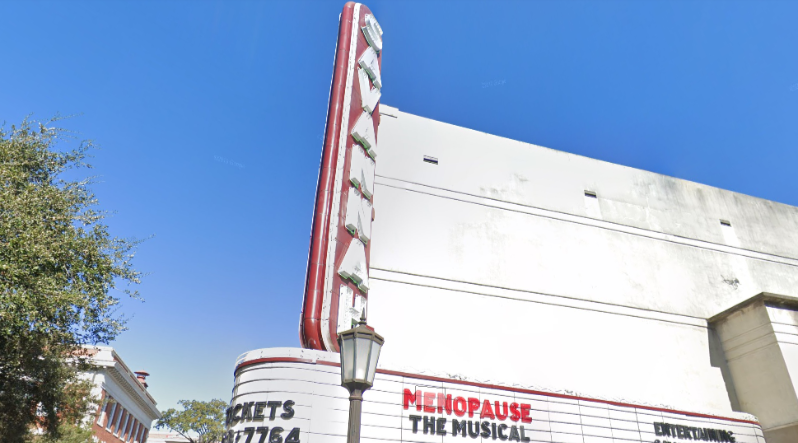
Opening its doors to the public on December 4th, 1818, with a production of the comedy "The soldier's Daughter" and a Farce, "Raising the Wind". The theatre has been through a lot over the years, from fires to different owners, but one thing has always remained, the great entertainment even to this day. You can see live shows or even a movie in this beautifully restored to 1940s art deco style. Check out the great museum in the lobby as well.
Juliette Gordon Low House
Born October 31, 1860, Juliette Gordon Low would go on to be known as the founder of the Girl Scouts of the United States of America. Her birthplace was saved from destruction in 1953 when Girl Scouts of the USA purchased it. Restoring it and using it today as a museum and place for present and future Girl Scouts to catch a bit of the fire, spirit, and determination of the Juliette who began life within its walls.
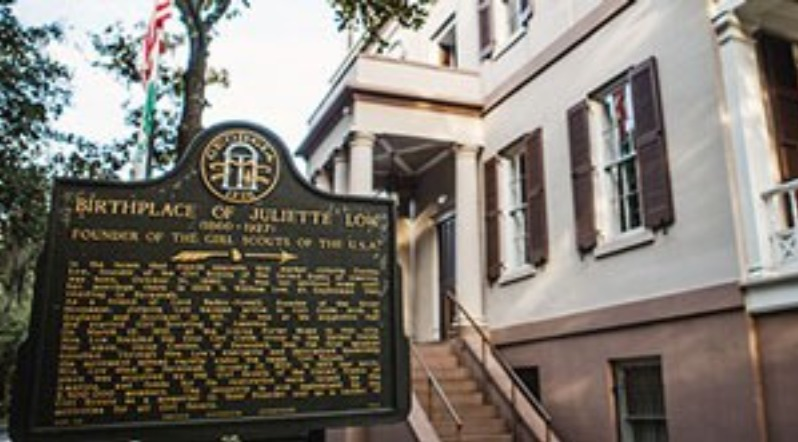
Stay Amongst The History
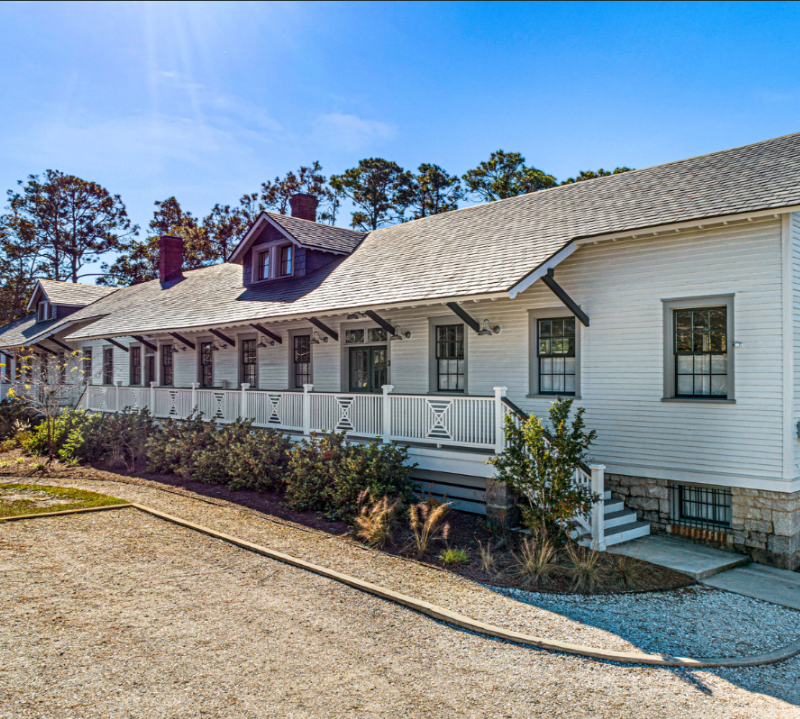
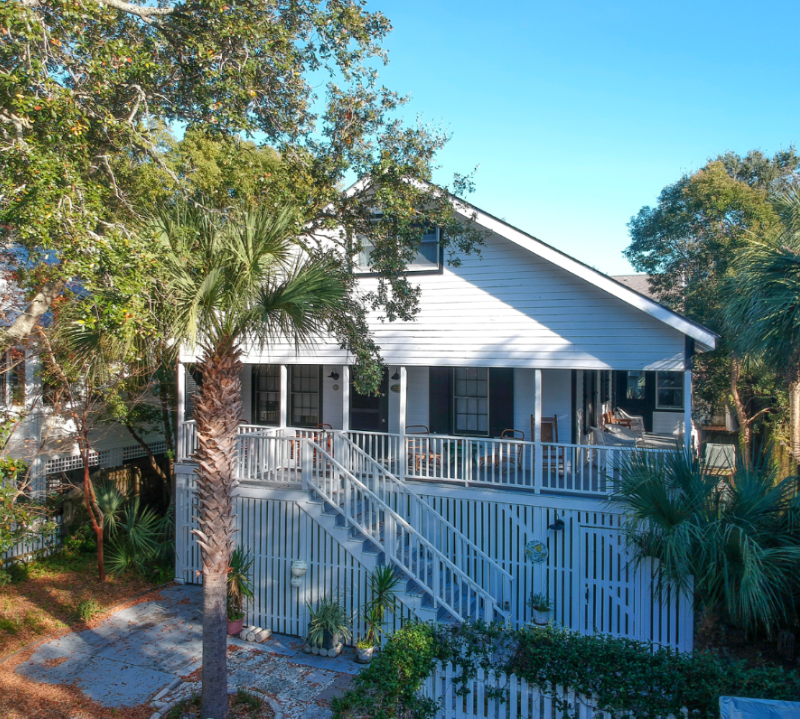
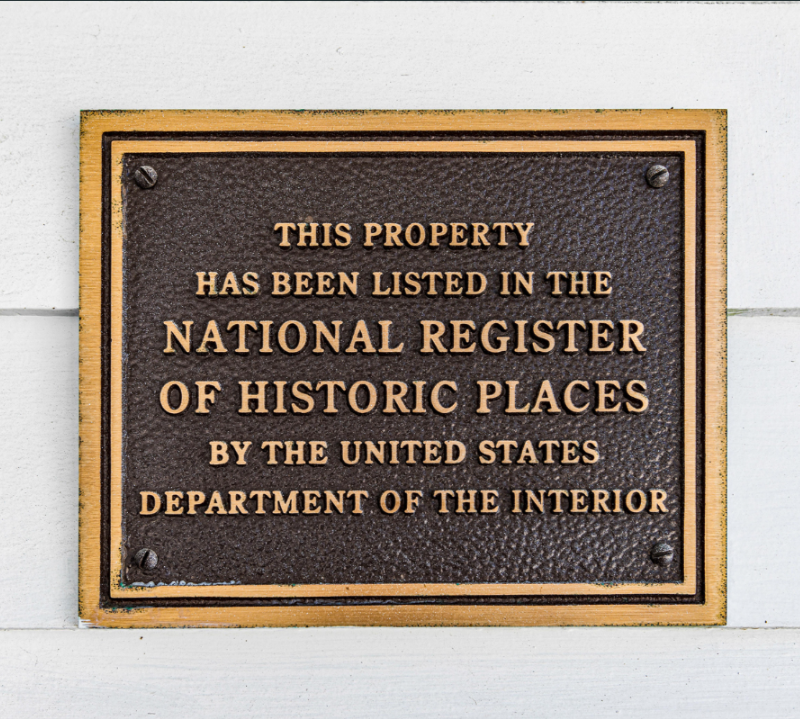
Savannah & its close surrounding areas are steeped in over 500 years of history. There is even more history to take in and learn about on nearby Tybee Island. From its role in the Revolutionary War, Civil War, and its part in America's Coastal Defense system. You can even stay in numerous historic homes and cottages that you can rent out on the island for a great historical Tybee Island getaway.

